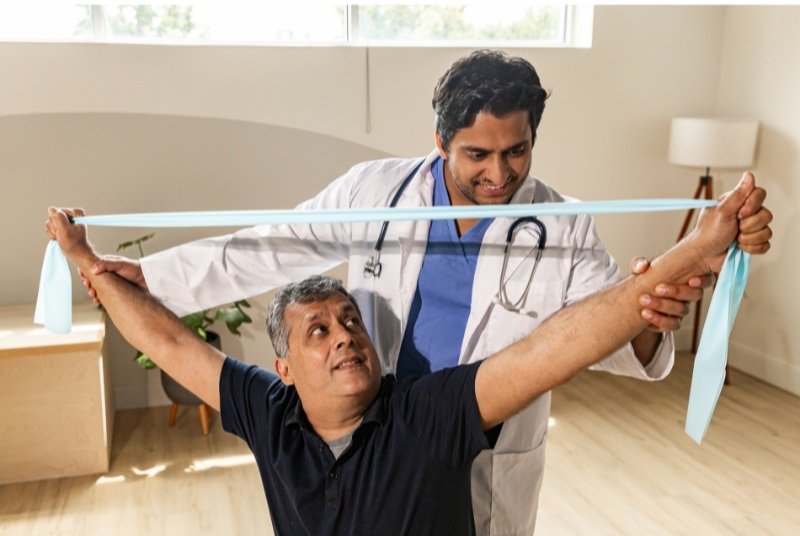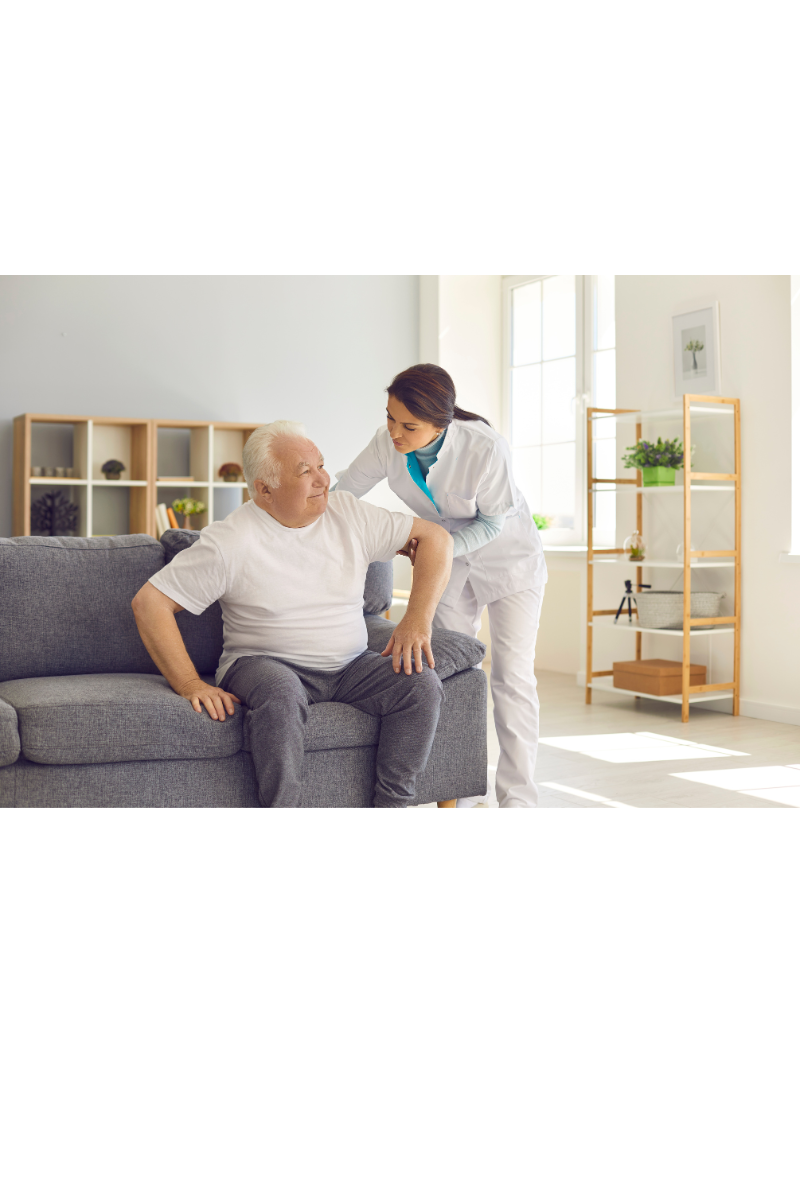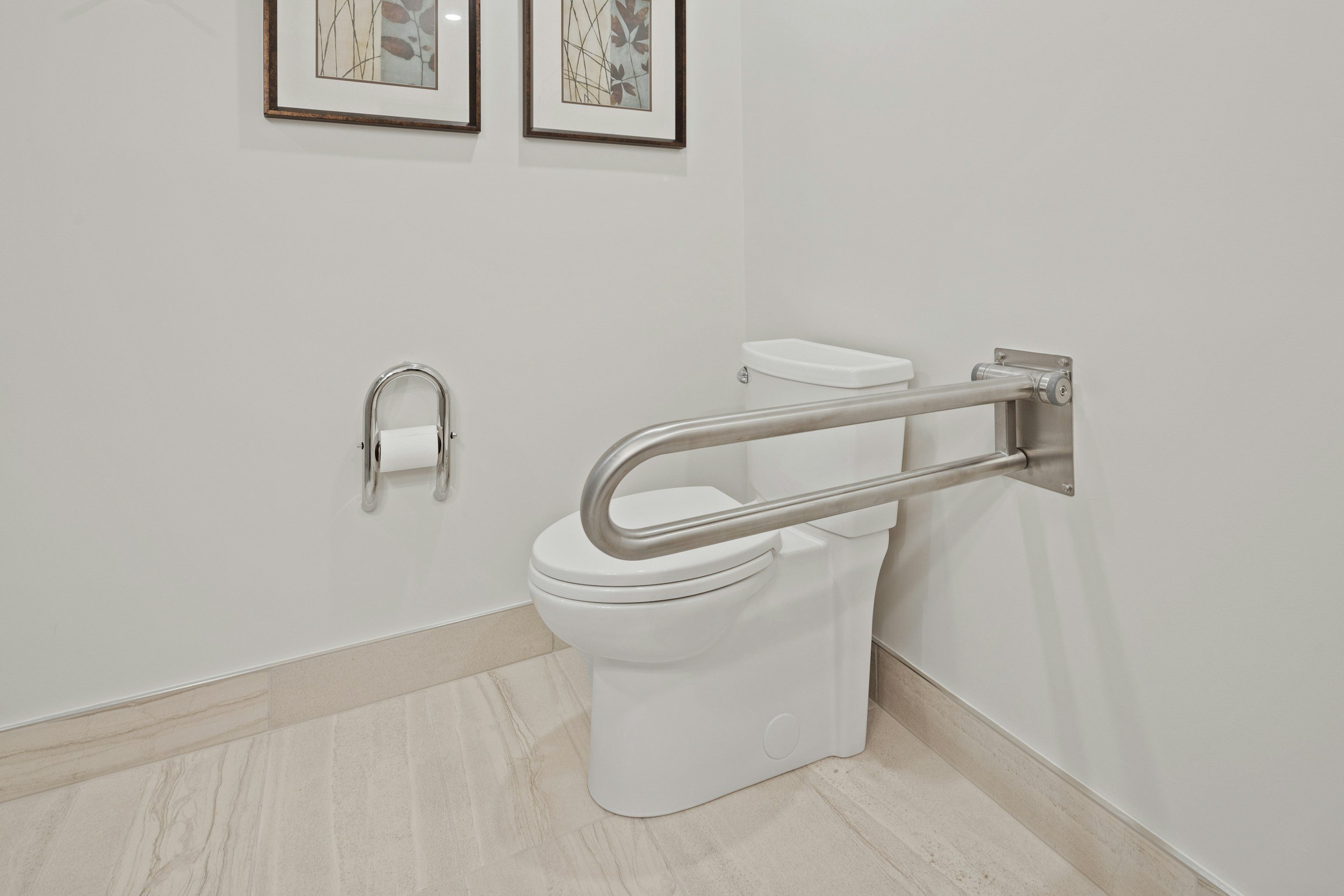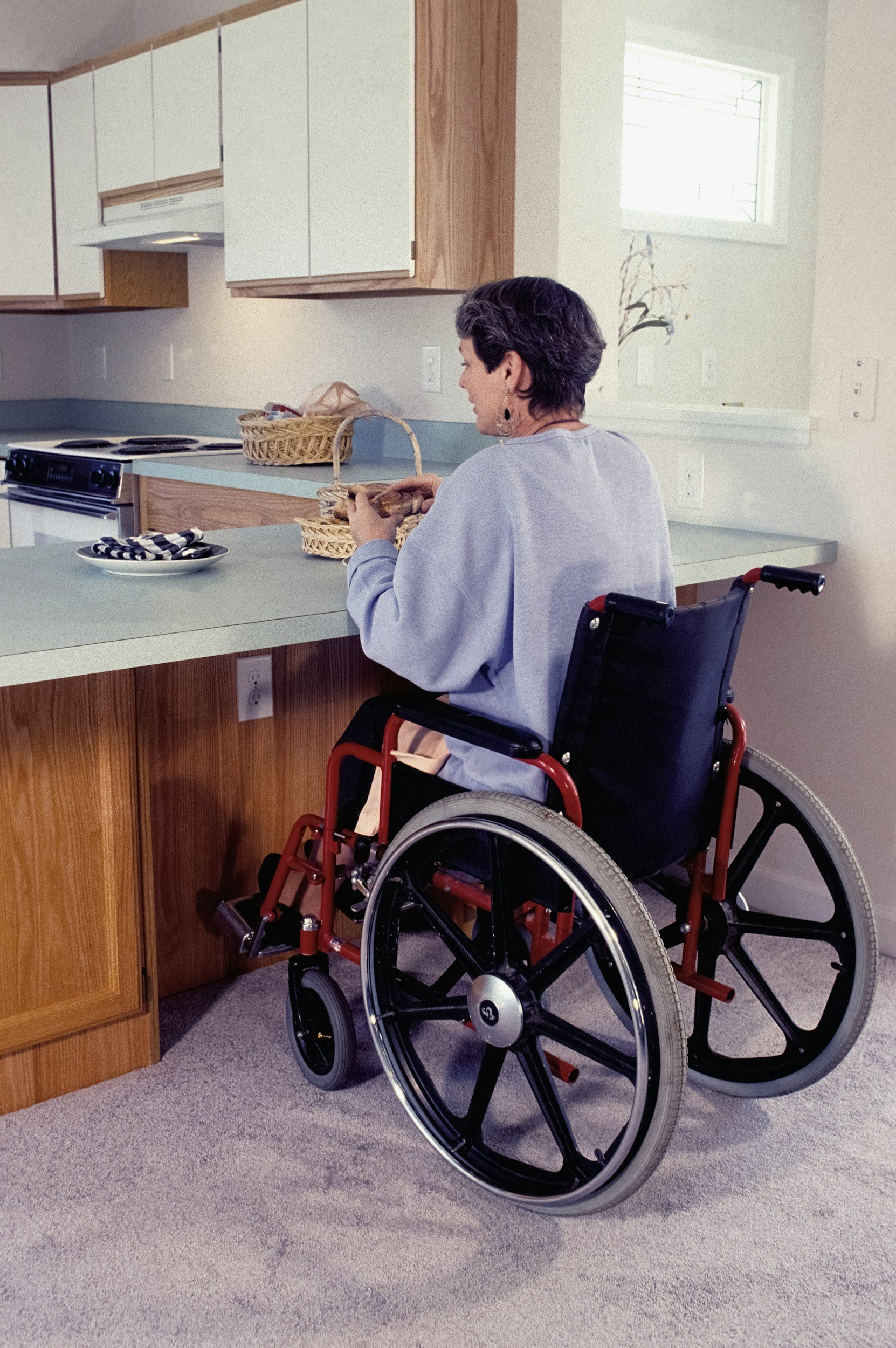
How to Talk to a Loved One About Using Assistive Devices
A Caregiver’s Guide to Encouraging Independence with Dignity
Starting a conversation about assistive devices can be hard — especially when the person you care about is proud of their independence or still adjusting to physical changes. As a caregiver, friend, or family member, you want to offer support without overstepping. You want to help — without making it feel like you're taking over.

National Mobility Awareness Month: Celebrating Movement, Modifications & Independence
May is National Mobility Awareness Month — a time to celebrate the many ways people adapt, move, and live life fully, regardless of ability.
Mobility isn’t just about walking. It’s about the ability to move through your day — from getting out of bed, to dressing, to navigating your home safely and confidently. Whether mobility is challenged due to age, chronic illness, injury, or disability, there are tools and strategies that make every step easier.

Stroke Awareness Month: Understanding Stroke Recovery and Regaining Independence
May is Stroke Awareness Month, a time to raise awareness about one of the leading causes of long-term disability in the United States. Each year, nearly 800,000 people experience a stroke, and for many, the road to recovery involves physical, emotional, and lifestyle changes.

10 Small Home Modifications That Make a Big Difference
When people think of “home modifications,” they often picture major construction projects or expensive renovations. But the truth is, small changes can have a big impact — especially for people living with disabilities, mobility challenges, or aging at home.

5 Everyday Tasks Made Easier with the Right Assistive Devices
Living independently doesn’t mean doing everything the hard way — it means using smart solutions to make daily life safer, easier, and more empowering.
For people with limited mobility, chronic illness, or recovering from surgery, everyday tasks like getting dressed or preparing a meal can be surprisingly difficult. But with the right assistive devices, these routines don’t have to feel like obstacles.

How You Can Support Parkinson’s Awareness Month
1. Start Conversations
Talking about Parkinson’s helps reduce stigma and promotes earlier diagnosis and support. Share educational posts, personal stories, or helpful resources on social media using hashtags like:

What Occupational Therapists Wish Everyone Knew About Dressing Aids
When it comes to getting dressed, most of us take the ability to bend, balance, and move freely for granted. But for millions of people recovering from surgery, living with a disability, or aging with limited mobility, getting dressed can feel like an Olympic event.

Navigating the Emotional Side of Losing Mobility — and Gaining It Back
Losing mobility isn’t just a physical challenge — it’s an emotional one.
Whether it happens suddenly due to injury or gradually through aging or chronic illness, the experience of not being able to move or function like you once did can stir up feelings of grief, frustration, anxiety, and even shame.

The Top 10 Leading Causes of Mobility Challenges
1. Stroke
A stroke occurs when blood flow to the brain is interrupted, often resulting in muscle weakness, paralysis, and loss of coordination — especially on one side of the body. Dressing, walking, and balance may all be affected.
Adaptive tools like MyLEDA can support stroke survivors in regaining independence with lower-body dressing.

How to Get Through a Hip Replacement — and Stay Independent During Recovery
Undergoing a hip replacement is one of the most common orthopedic surgeries in the world — and one of the most effective for reducing pain and improving mobility.
But while the outcome is often life-changing, the recovery process can be physically and emotionally challenging, especially in the first few weeks after surgery. Simple tasks like standing, walking, or getting dressed suddenly require careful planning and a lot of patience.
At On My Own Solutions, we’re here to help people recover safely, maintain their dignity, and regain independence — one thoughtful tool at a time.

7 Practical and Compassionate Tips for Caregivers Supporting Someone Losing Mobility
Watching someone you love lose their mobility — whether gradually or suddenly — can be one of the most emotionally complex roles a caregiver takes on. You want to help, but not hover. Support, but not take over. Keep them safe, but still let them feel independent.
At OnMyOwn Solutions, we work closely with caregivers, occupational therapists, and individuals adapting to mobility changes. We know firsthand: the caregiver’s role is essential, and often underestimated.
